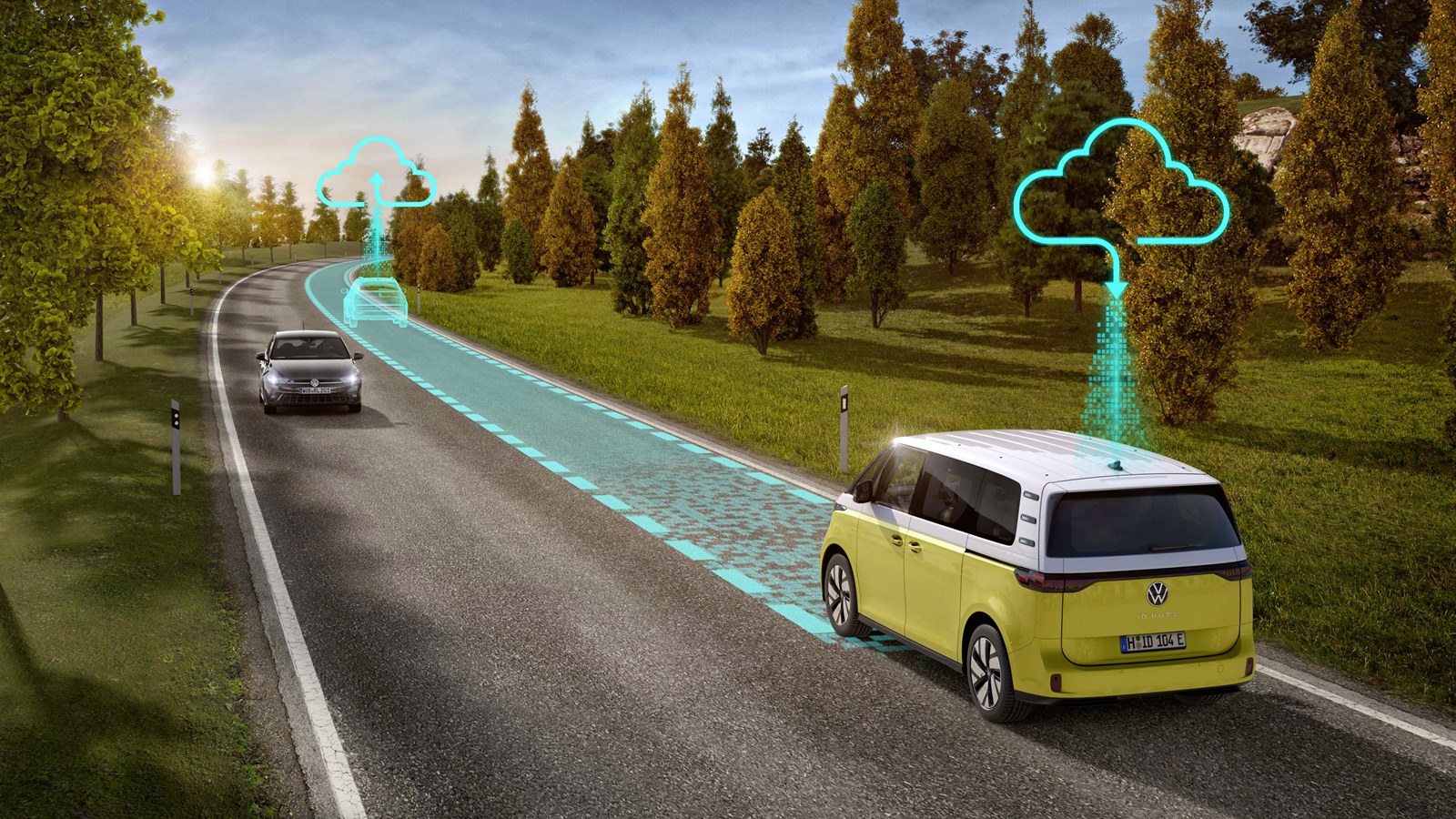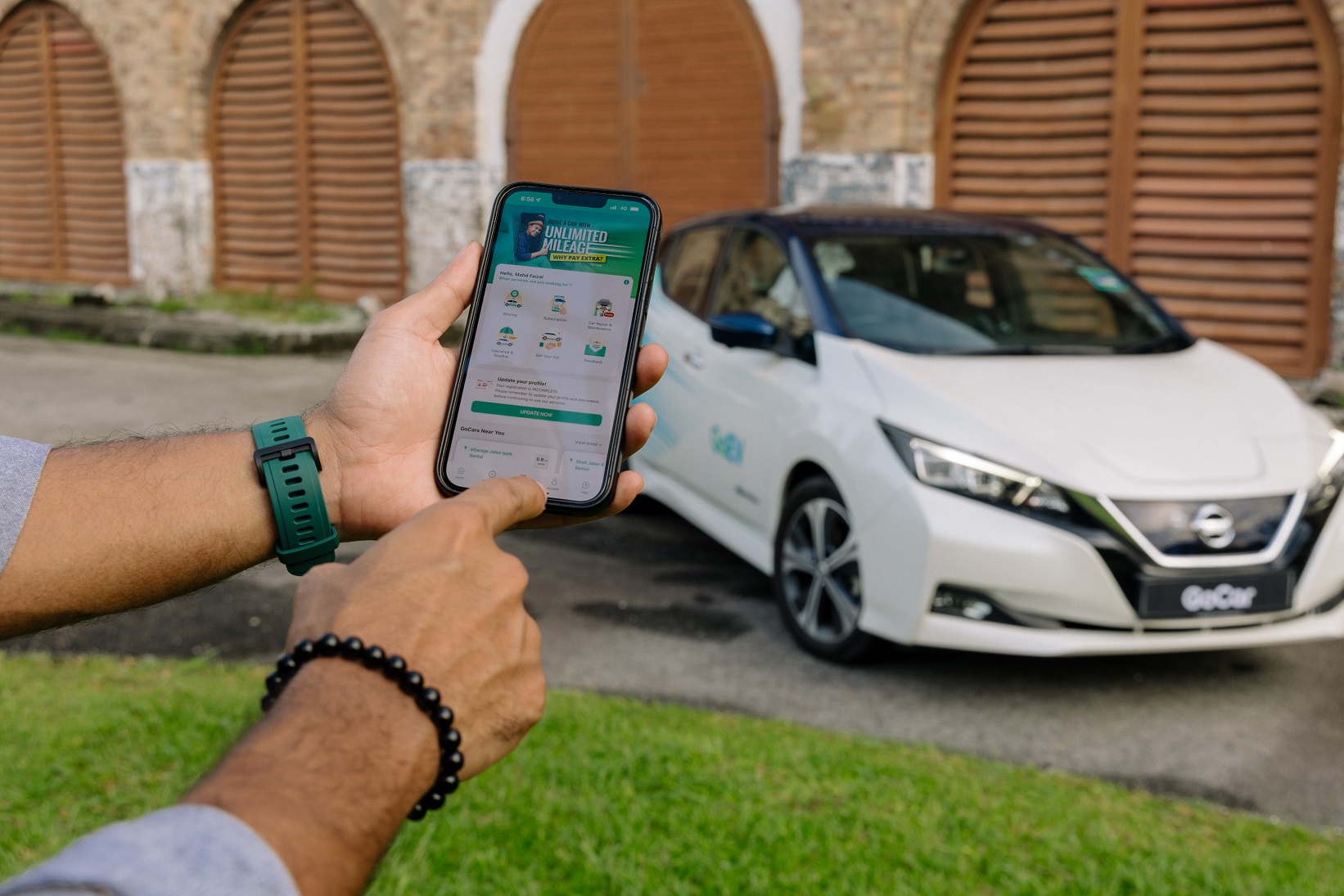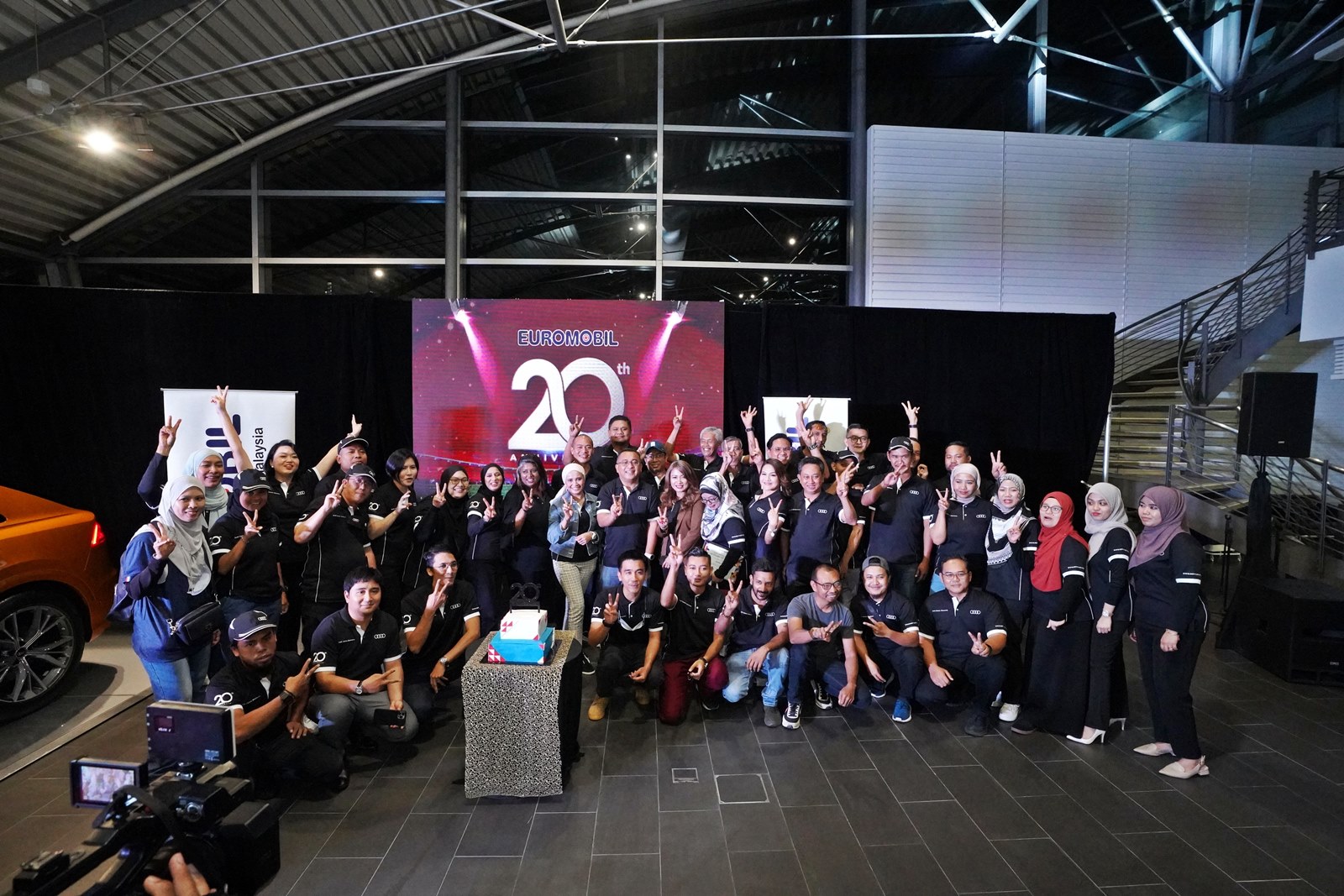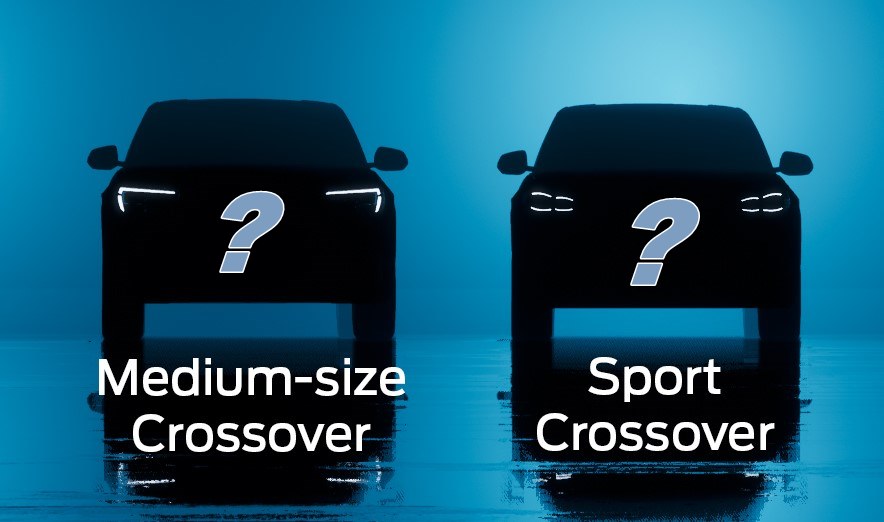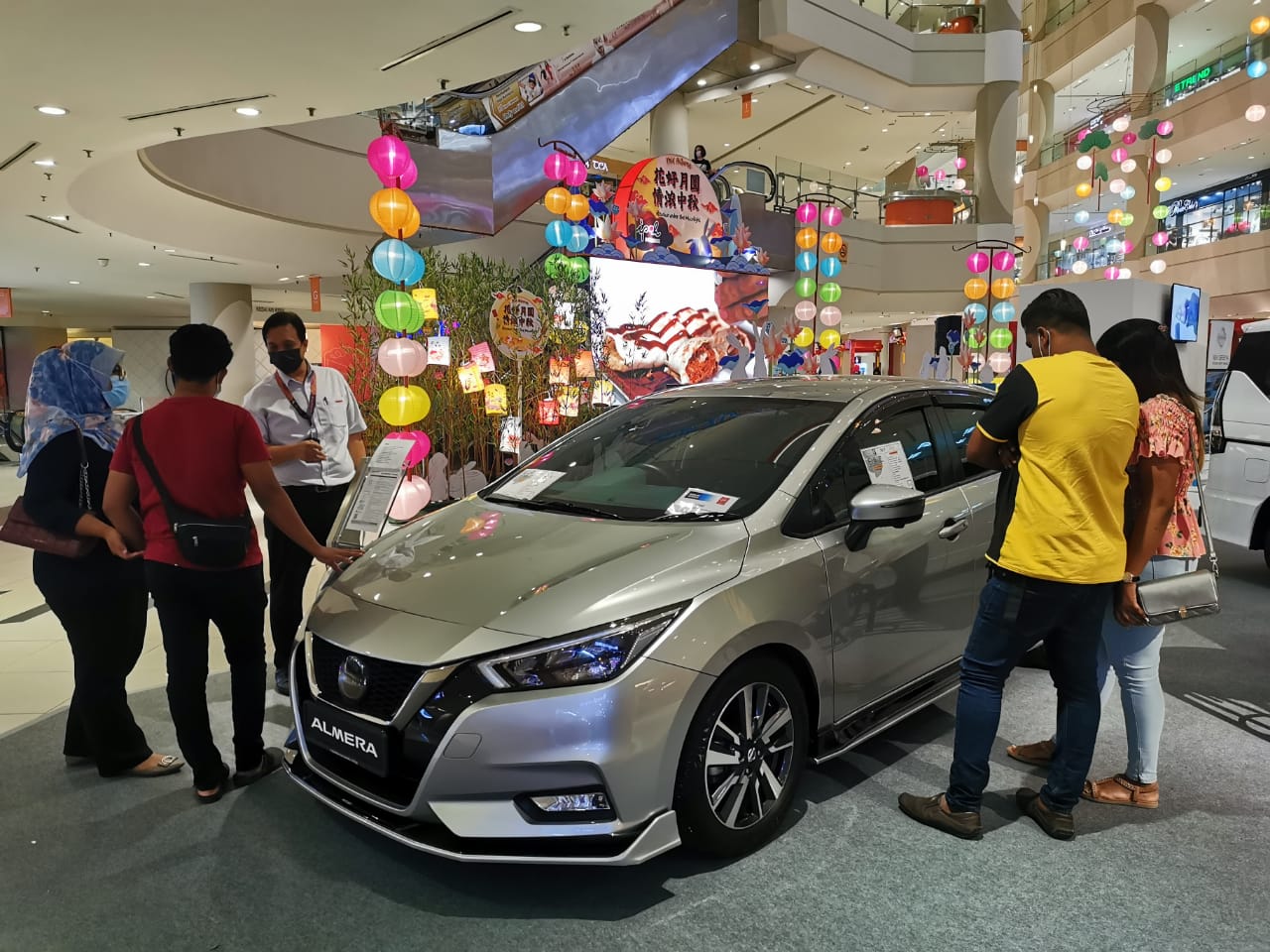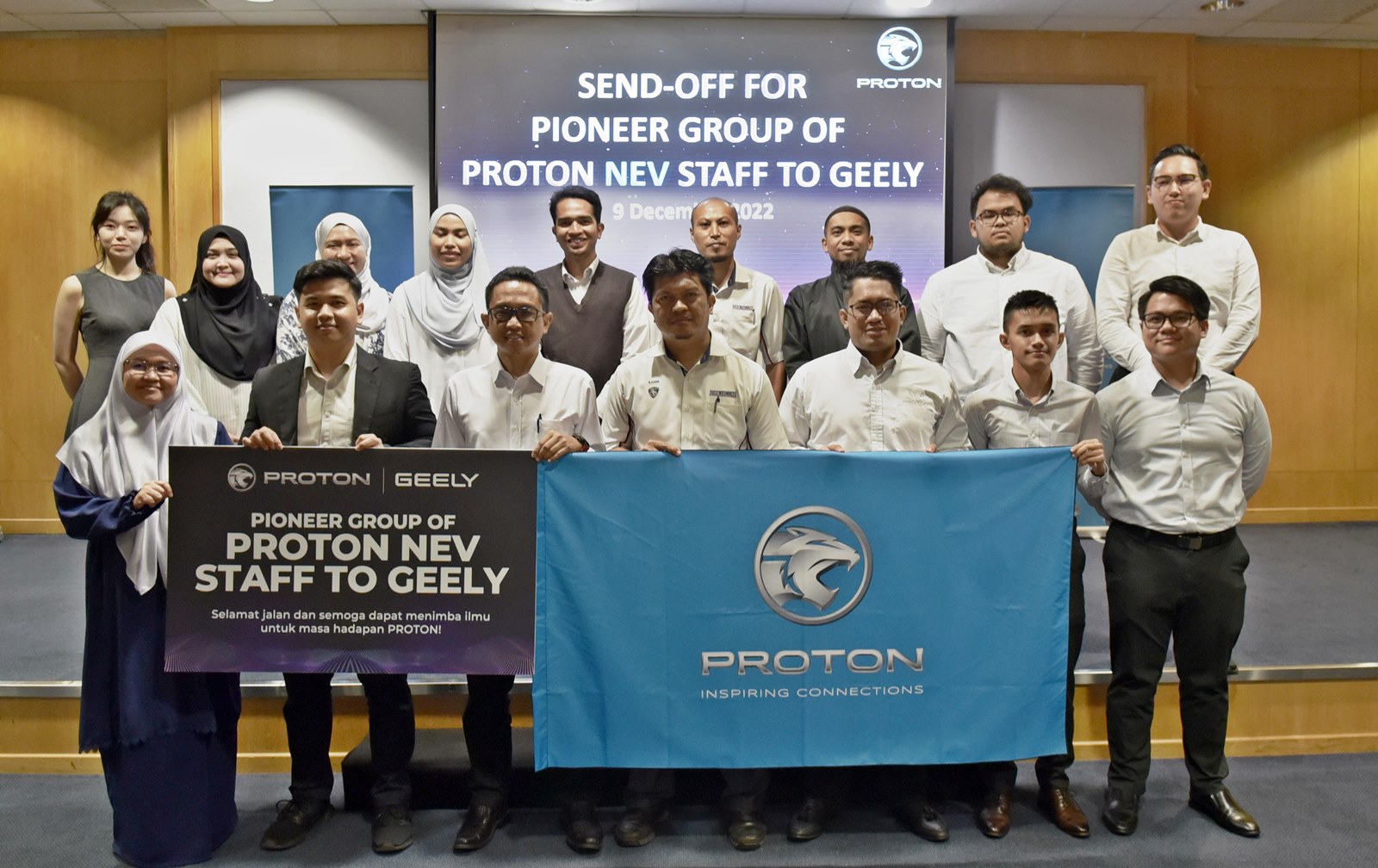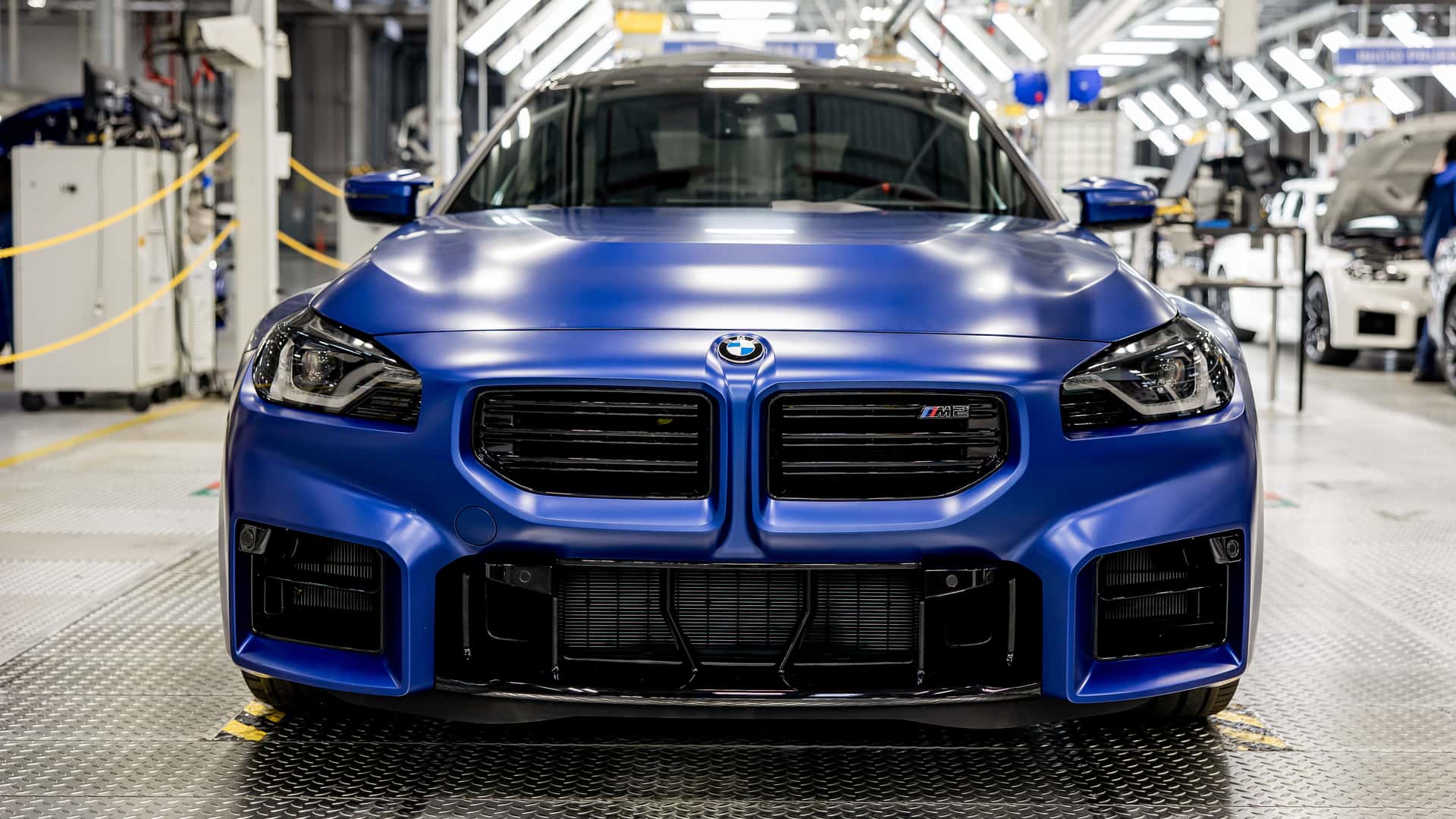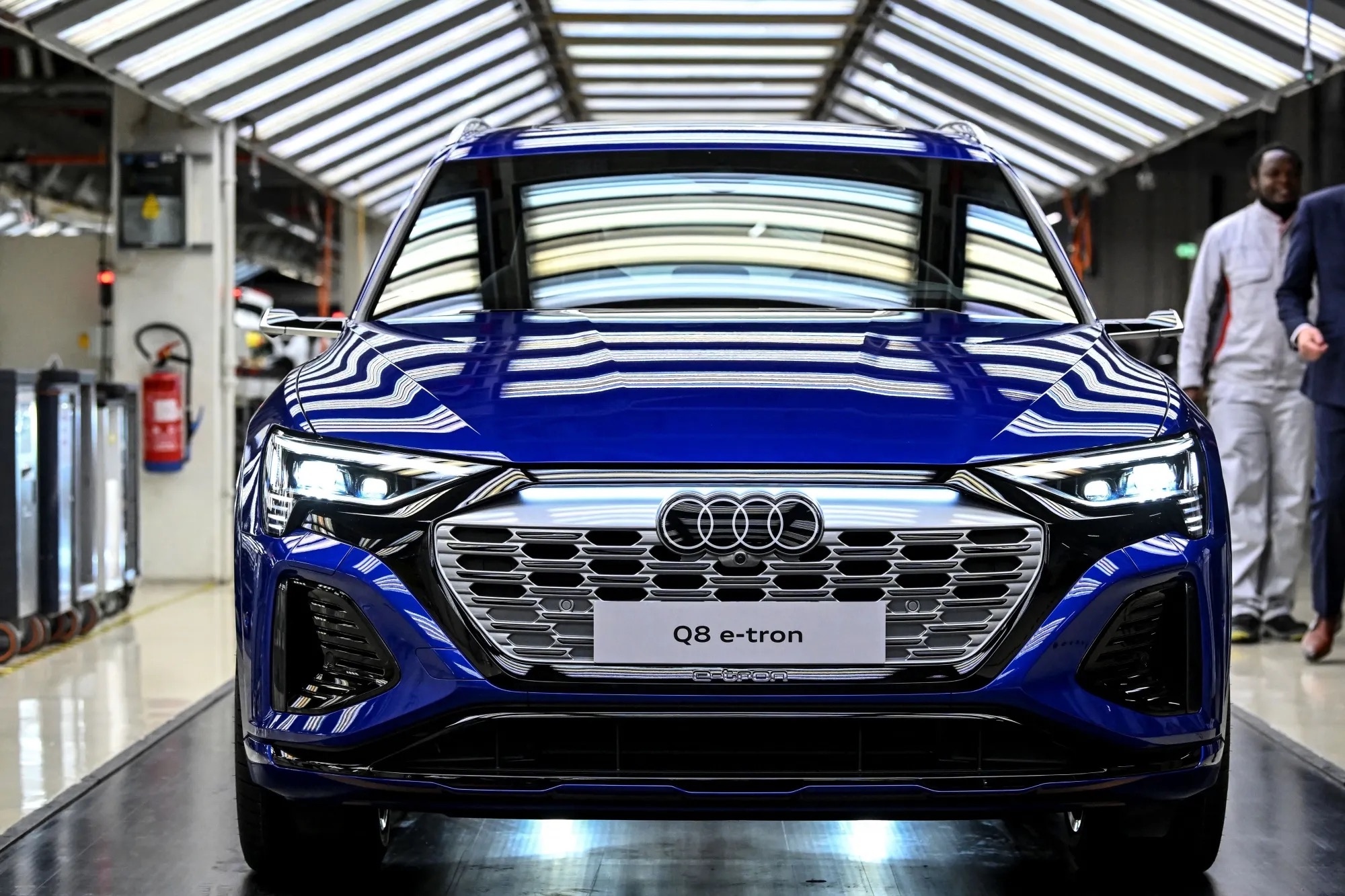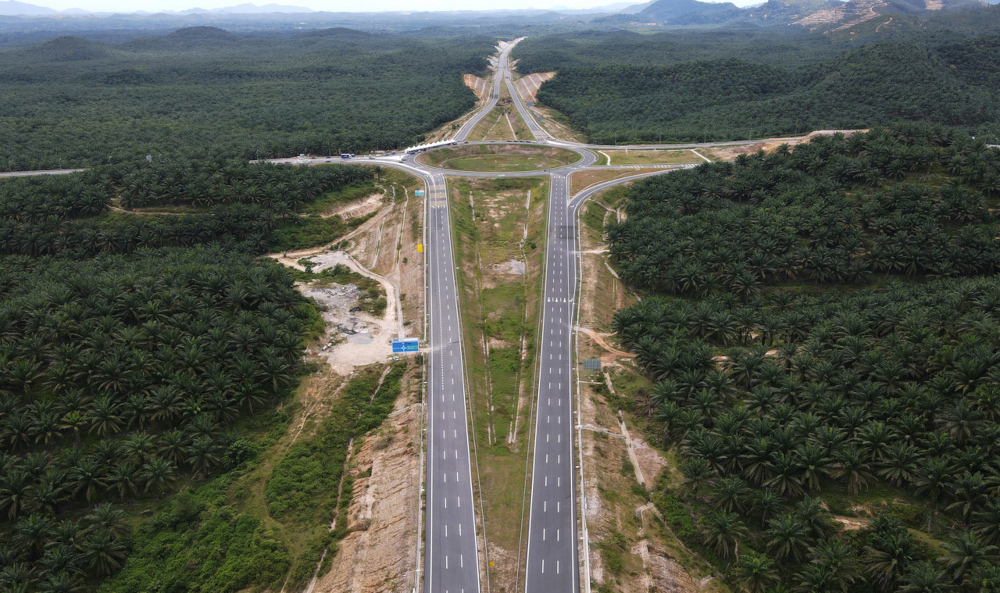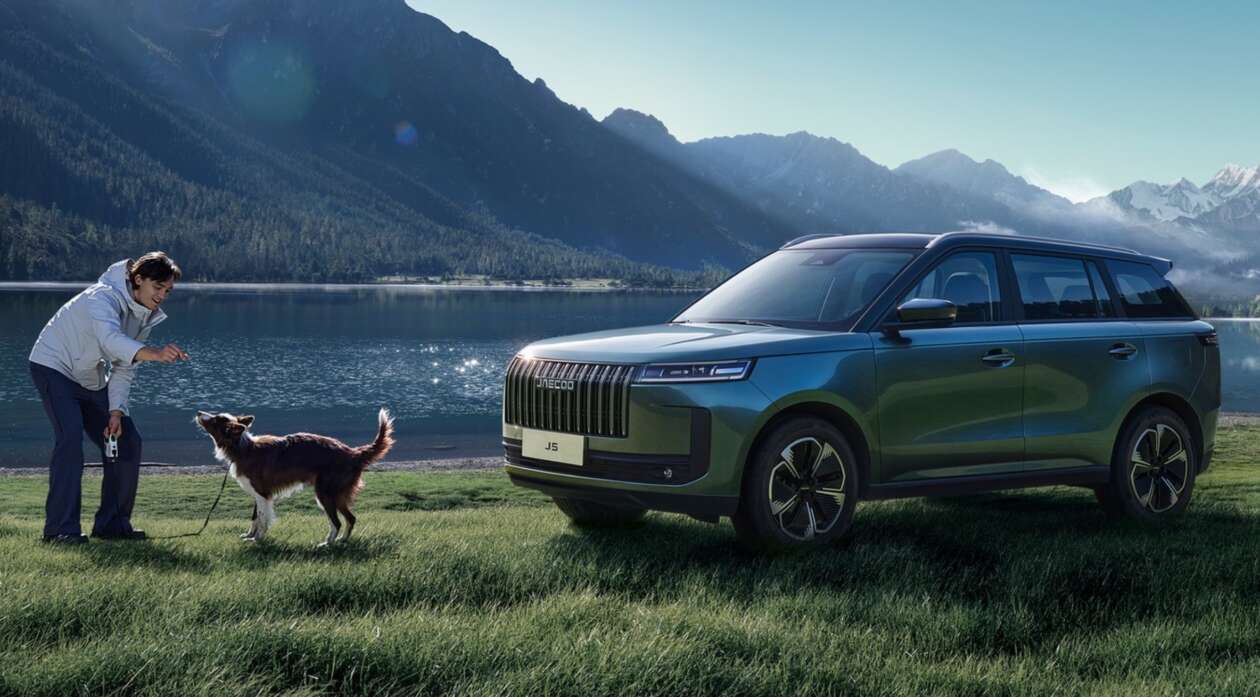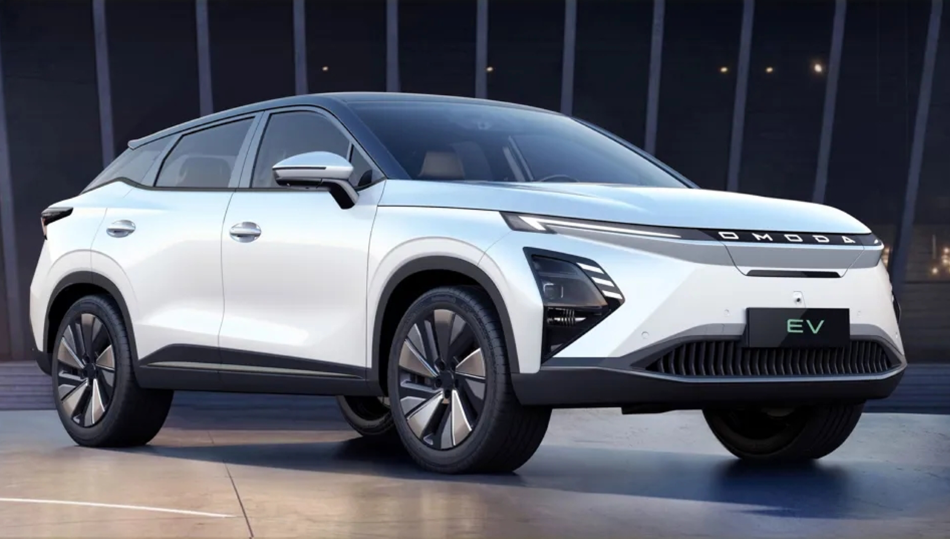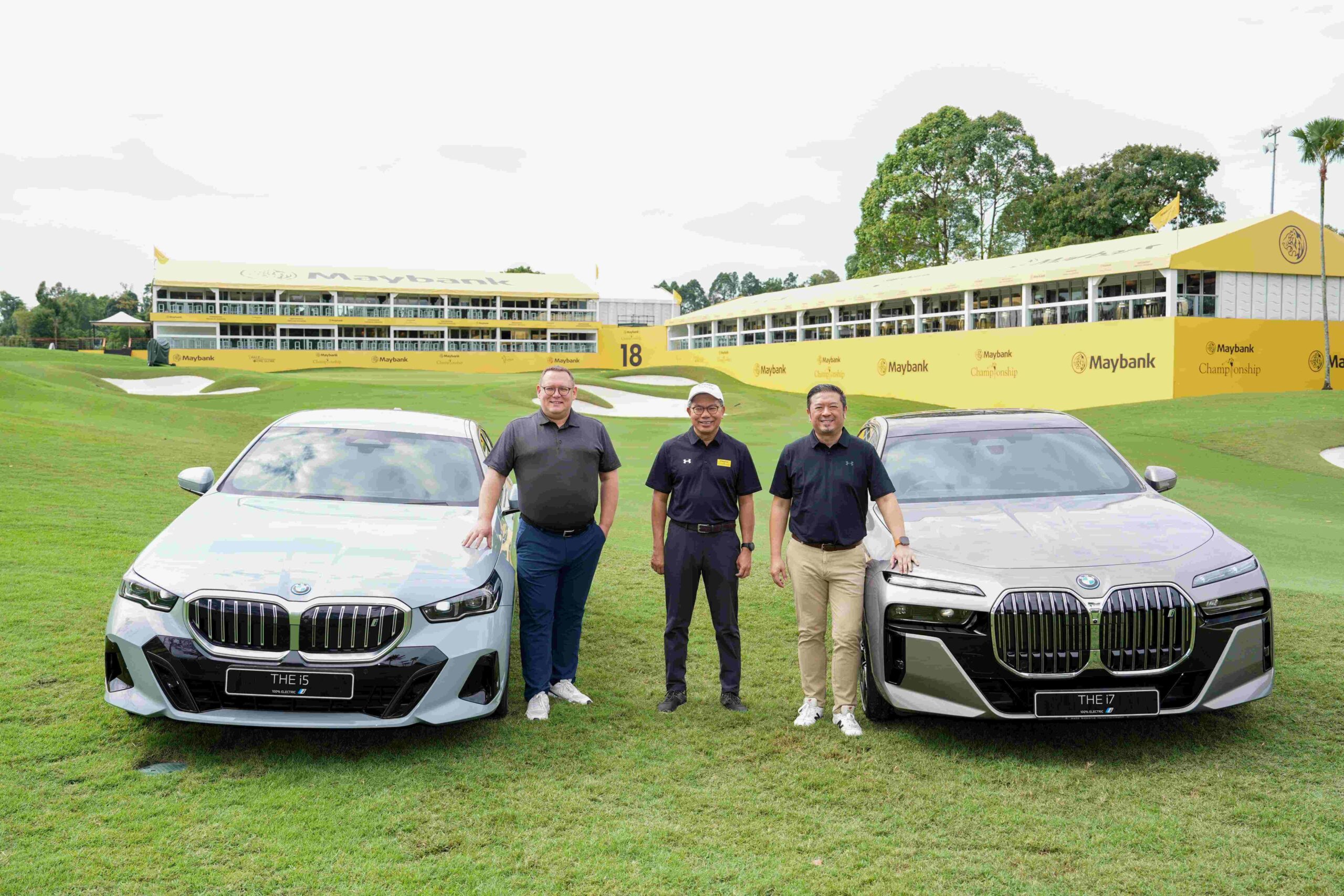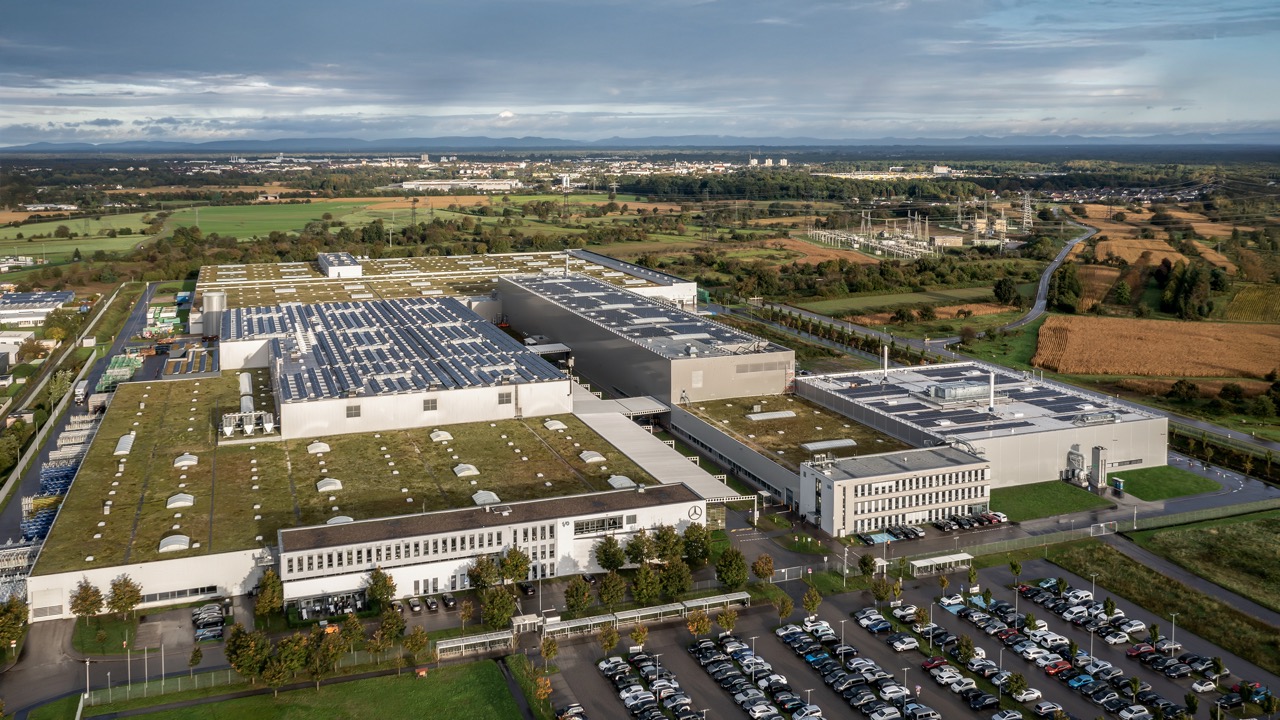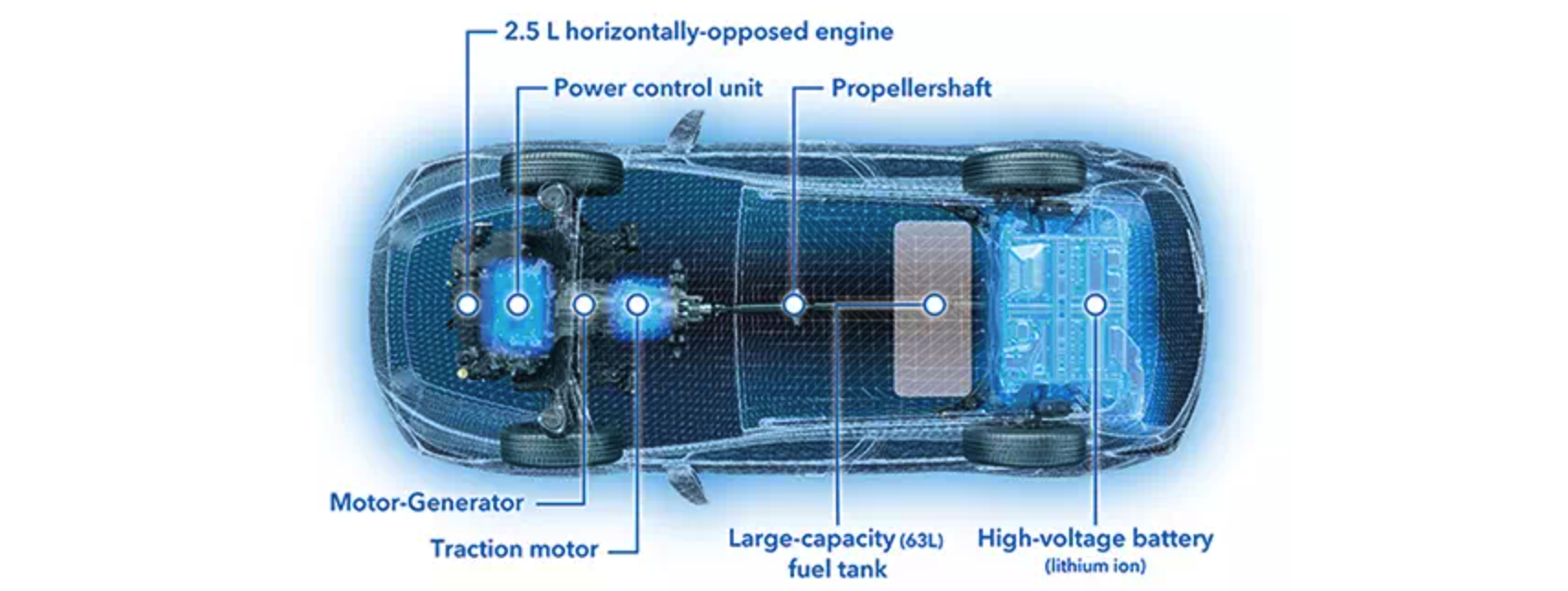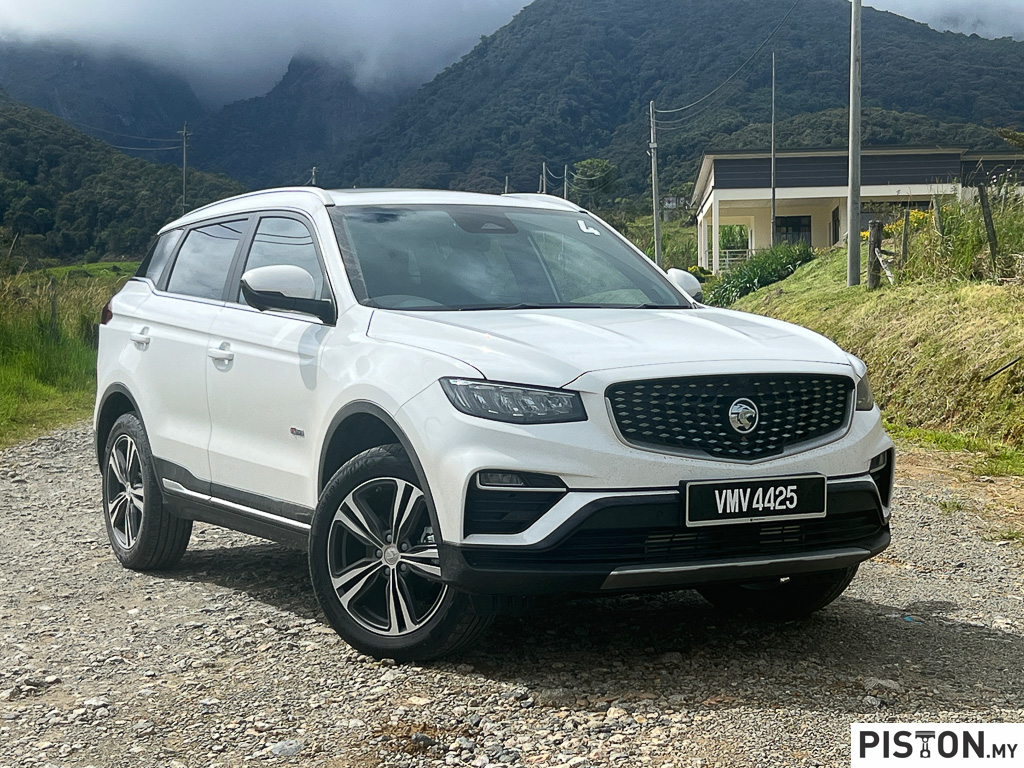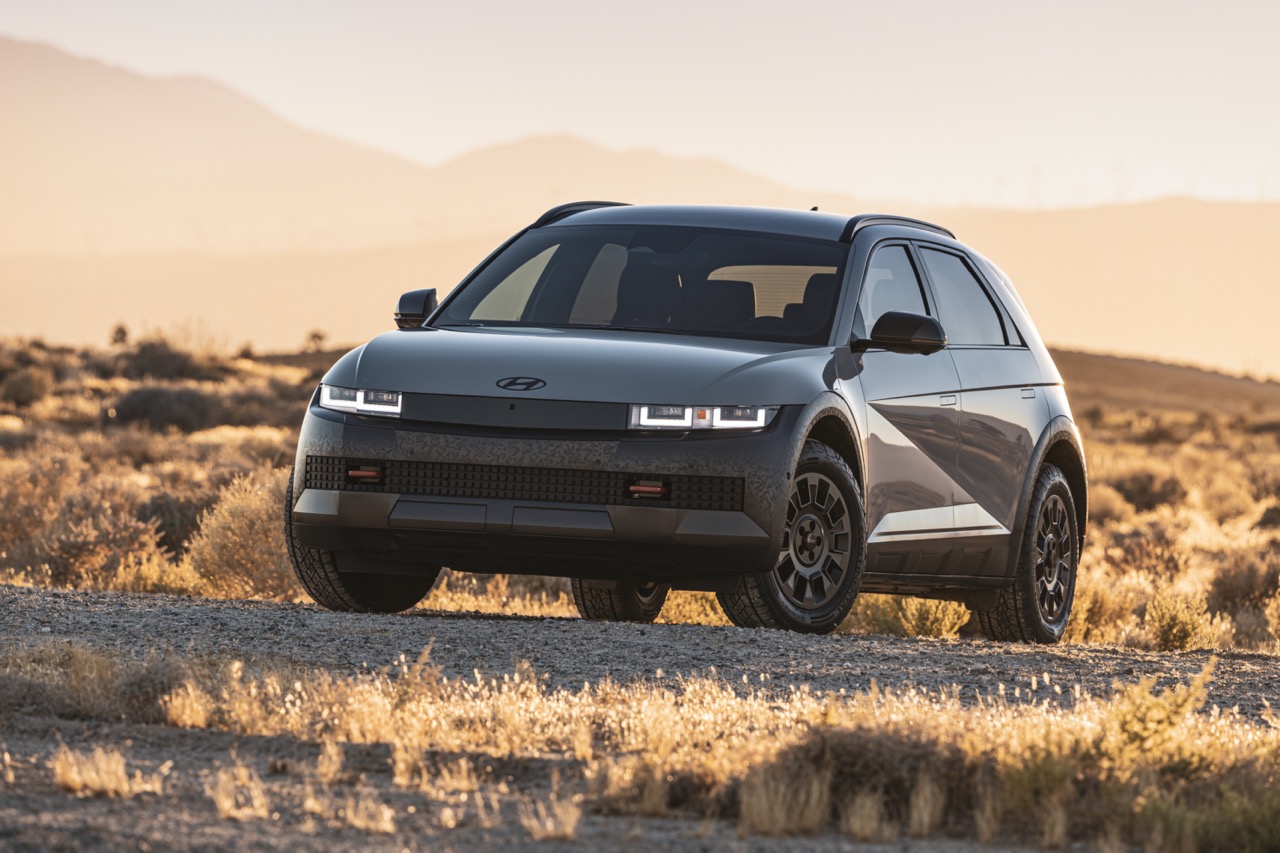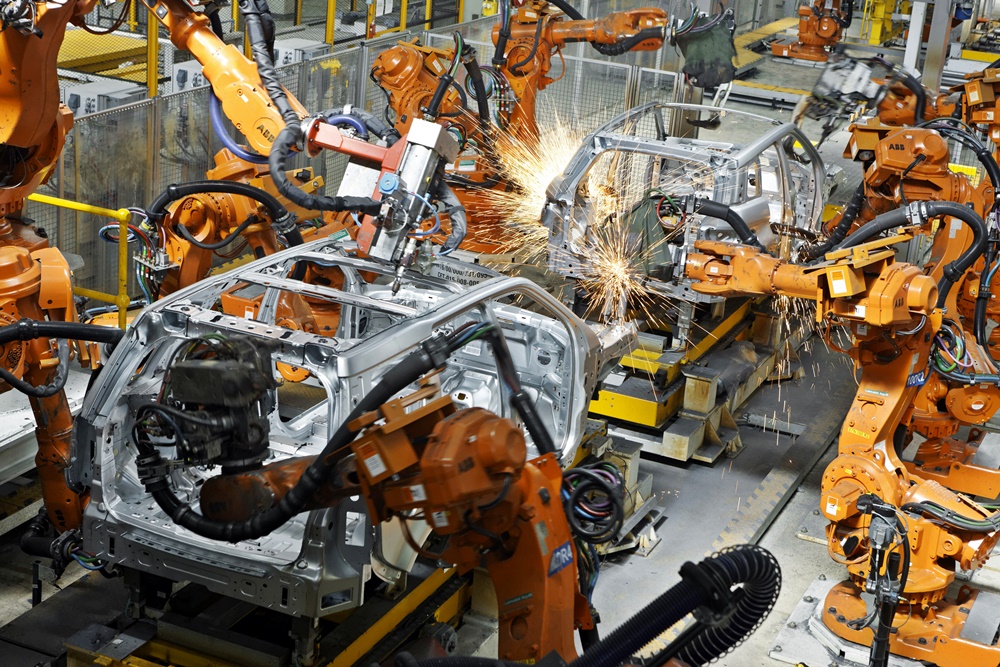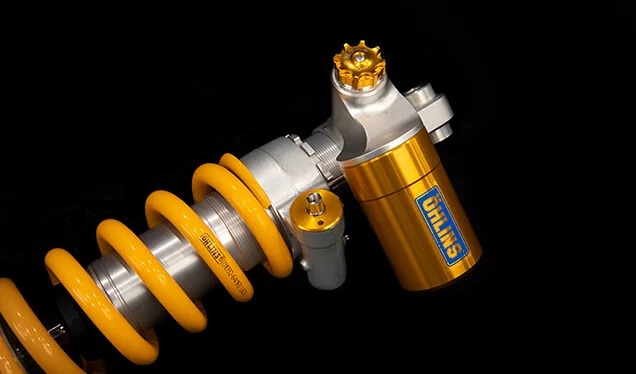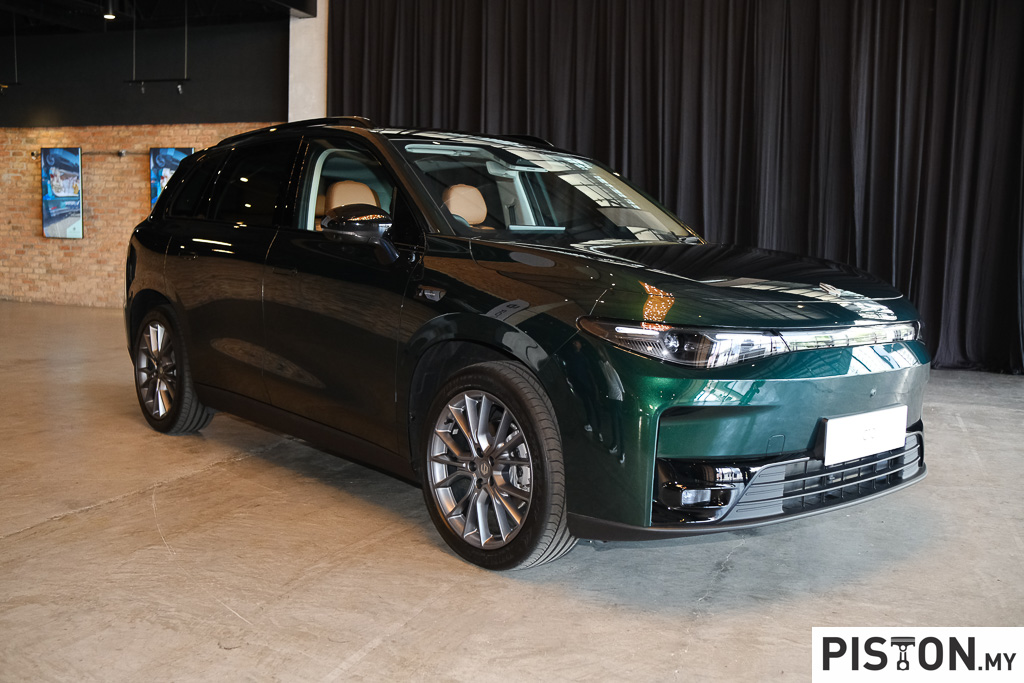Even though autonomous motoring – where the vehicle can operate and guide itself without human involvements – is still many years away, there are already a number of systems that can act autonomously to prevent accidents or reduce driving fatigue. For instance, automatic emergency braking activates if the driver does not take action in time to prevent a collision. Adaptive cruise control maintains a safe gap with a vehicle ahead by adjusting the set cruising speed.
These systems make use of cameras and radar to identify other vehicles and objects ahead, and a computer processes the data at super high speeds to determine if there is a dangerous situation. Technological advancements have seen the capabilities of the sensors increasing and accuracy of data becoming better and better. More sensors installed around the vehicle’s bodywork provide 360-degree coverage in the more advanced systems today.
(more…)



